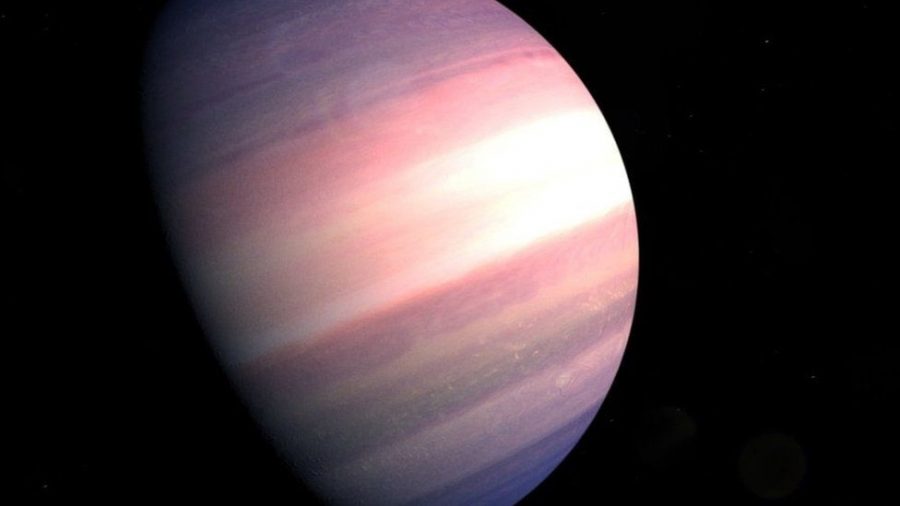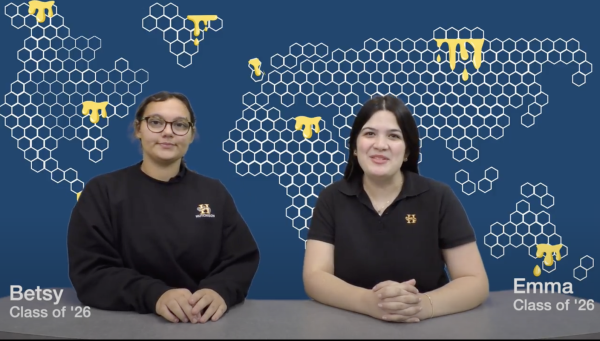A Starry New Planet
This is an image of planet TOI 1338 b that was recently discovered
As if the laundry list of events in 2021 couldn’t be any more crazy, NASA has recently discovered a planet. However, it wasn’t some ordinary discovery. The new planet, named TOI 1338 b, was discovered by a high school student after three days of being an intern at NASA, sometime in the summer of 2020. Wolf Cukier, the 17 year old intern, made this discovery by using NASA’s Transiting Exoplanet Survey Satellite or TESSA.
“I was looking through the data for everything the volunteers had flagged as an eclipsing binary, a system where two stars circle around each other and from our view eclipse each other every orbit,” Cukier said. “About three days into my internship, I saw a signal from a system called TOI 1338. At first I thought it was a stellar eclipse, but the timing was wrong. It turned out to be a planet.”
Cukier’s discovery was rare because finding circumbinary planets is very difficult, and scientists are only able to detect these kinds of planets during a transit event, when one of the stars shows a decrease in brightness. According to NASA, the new planet is the only planet in the TOI 1338 system, which is 1,300 light-years away in the Pictor constellation.
Scientists believe that the color of the planet is mostly pastel pink in a striped pattern, and it is unclear whether it’s a gaseous planet like Jupiter, or if it’s a habitable planet like Earth. Additionally, it is about 6.9 times larger than Earth, approximately to the sizes of Saturn and Neptune. Ever since it’s discovery, the new planet has been compared to the fictional planet Tatooine from Star Wars, as the planet does orbit around two large stars, which for a Star Wars fan like Wolf Cukier, adds to the thrill of the discovery. In fact, there is currently a petition on Change.org to rename the planet to Tatooine, with over 200 signatures.
“Planets orbiting two stars are more difficult to detect than those orbiting one,” NASA’s database states, “TOI 1338 b’s transits are irregular, between 93 and 95 days, and vary in depth and duration thanks to the orbital motion of its stars.”
The two stars TOI 1338 b is orbiting are varied in size. One is about 10% larger than Earth’s sun, and the other is 30% of the sun’s mass. The planet’s orbit is stable for about the next 10 million years, and according to NASA, “The orbit’s angle to us changes enough that the planet transit will cease after November 2023 and resume eight years later.”
Cukier claims that it was tough trying to prove his discovery, but lucky for him, the data continued to point to a stronger confirmation. His discovery and research with NASA marks the first time the TESS program discovered a circumbinary planet. The discovery was later featured at a panel at the 235th American Astronomical Society meeting in Honolulu in January 2021. Cukier said that he has plans to continue his research into astronomy and eclipsing binaries, as future research would lead to discovering more planets.












